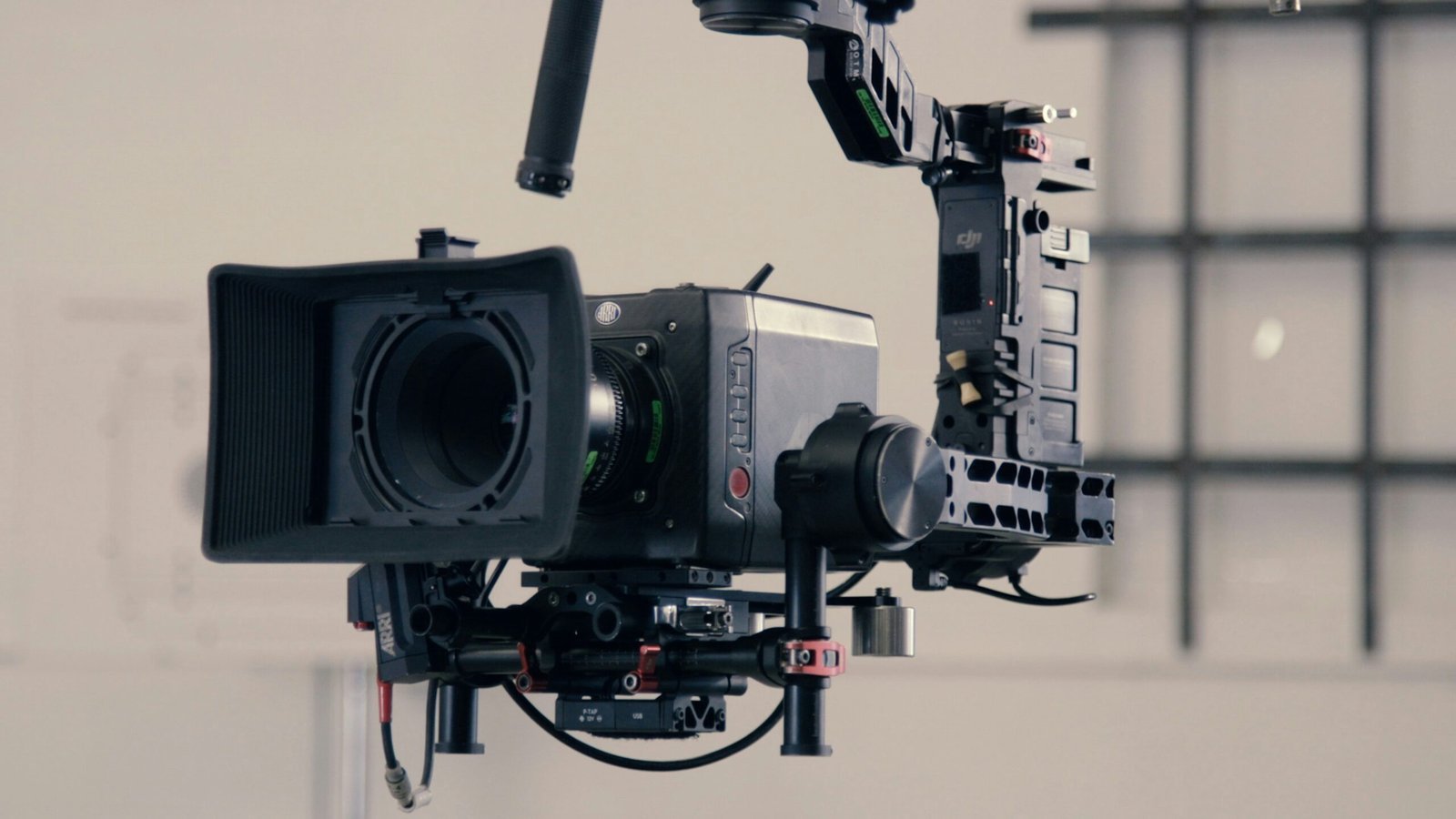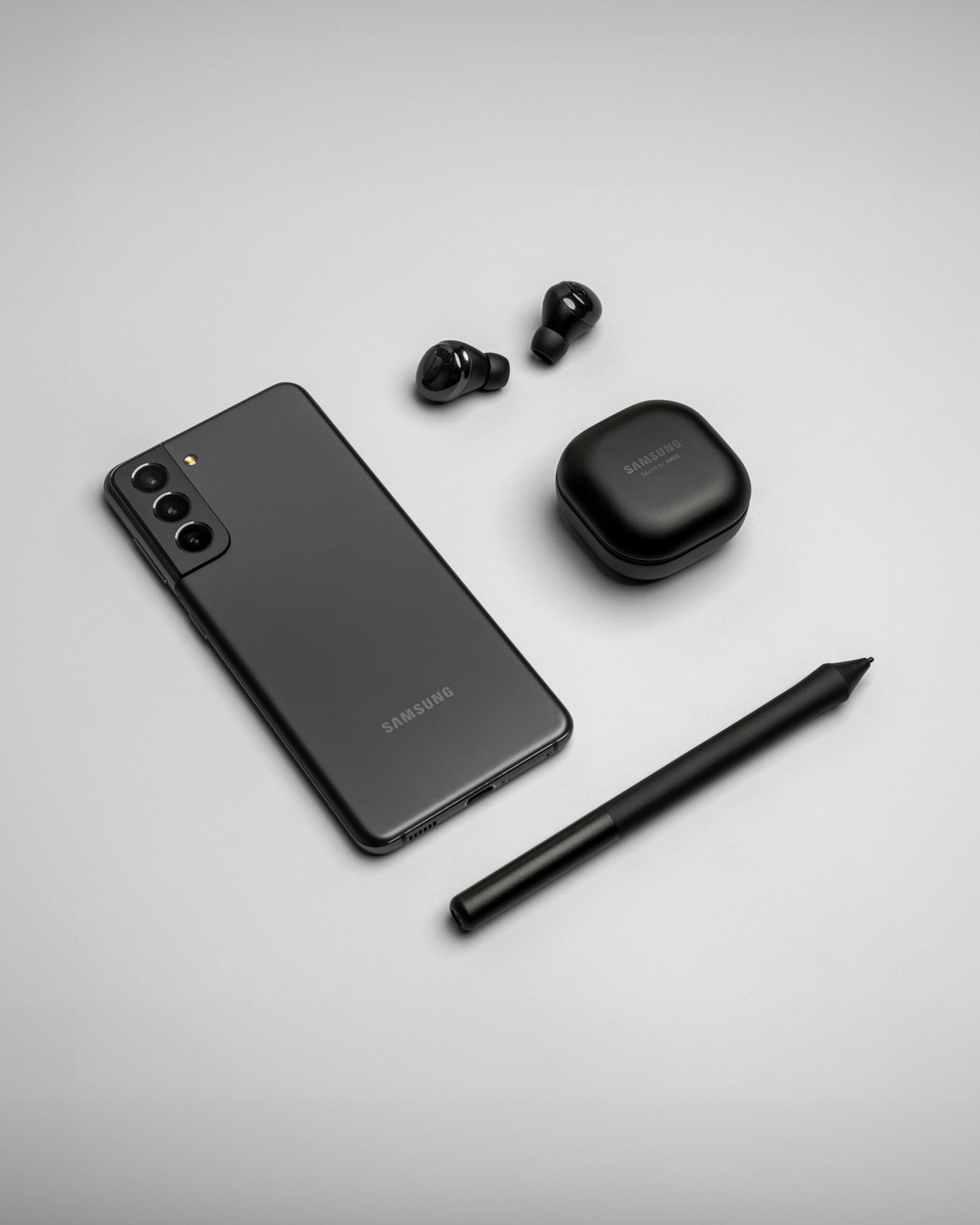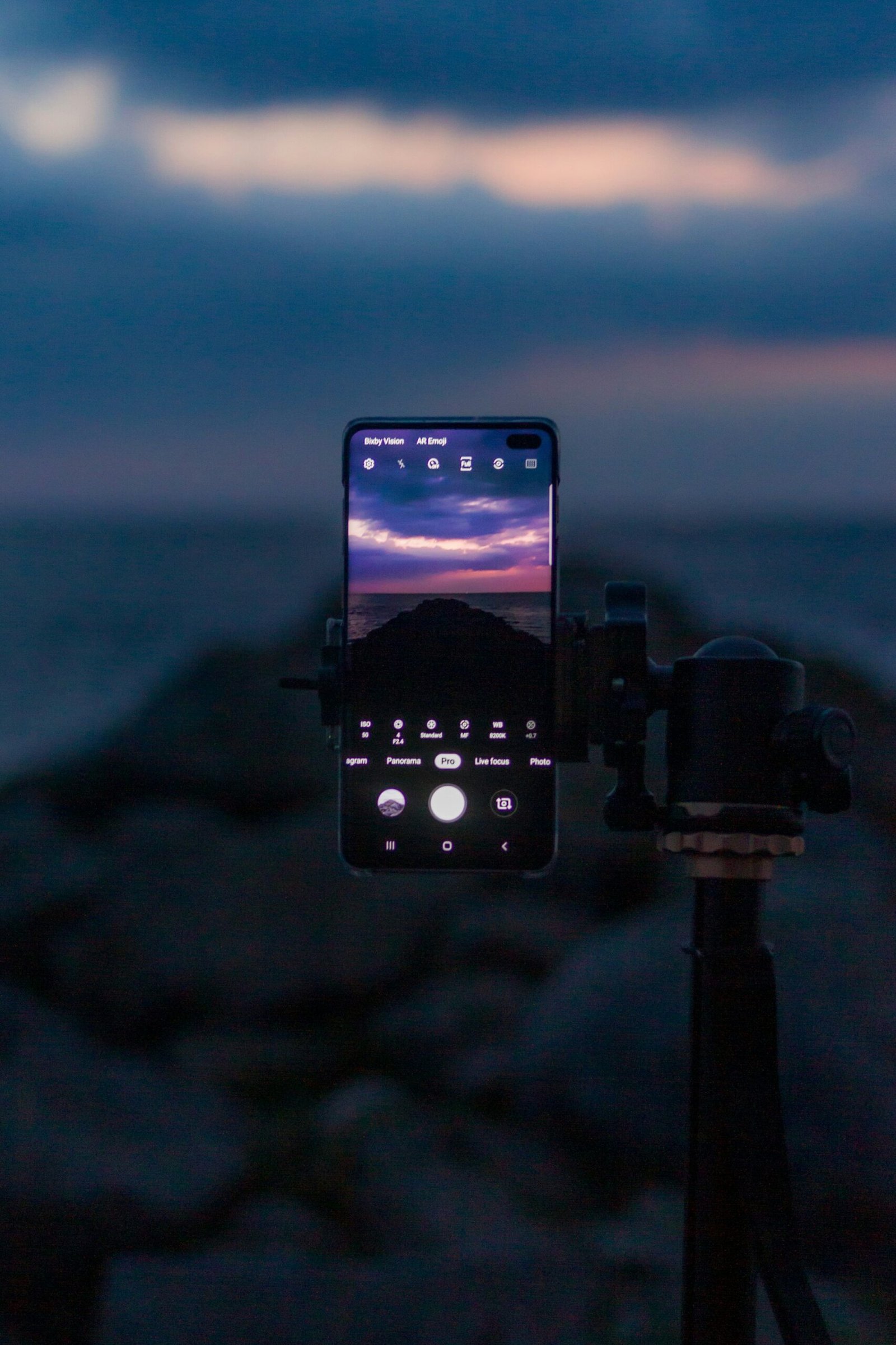Don't miss our holiday offer - 20% OFF!
A Comprehensive Review of the Canon EOS R6 Mark II: Features, Performance, and Value

Introduction to the Canon EOS R6 Mark II
The Canon EOS R6 Mark II brings a significant leap forward in Canon’s mirrorless camera lineup, aimed at both serious enthusiasts and professional photographers. As the successor to the renowned EOS R6, the Mark II iteration introduces various enhancements that amalgamate advanced technology with user-friendly features. Positioned just below Canon’s flagship models, the EOS R6 Mark II is designed to offer top-notch performance while maintaining accessibility in terms of both functionality and price.
Significant upgrades from the original EOS R6 are immediately noticeable. One of the most striking improvements is the enhanced image processor, which lends itself to faster autofocus capabilities and improved low-light performance. The sensor remains the same at 20.1 megapixels but benefits from refinements that provide richer image quality and better tonal range. Canon has paid special attention to the video capabilities of the EOS R6 Mark II, offering 4K recording with reduced rolling shutter effects and extended recording times thanks to improved heat management.
Designed for a wide audience, the Canon EOS R6 Mark II caters to diverse photographic needs, from wildlife and sports photography to portrait and landscape work. Its versatile feature set makes it equally adept for videographers, particularly those looking for higher frame rates and enhanced stabilization.
In essence, the Canon EOS R6 Mark II serves as a bridge between Canon’s entry-level mirrorless models and its professional-grade cameras, bringing a mix of advanced features and robust performance that promises to meet the demands of a dynamic and discerning user base. This review will delve deeper into the specific attributes that define this camera, providing a thorough examination of its performance, capabilities, and overall value.
Design and Build Quality
The Canon EOS R6 Mark II exemplifies a sophisticated balance of form and function. With its compact dimensions measuring approximately 138 x 98 x 88 mm and a weight of around 680 grams (including battery and memory card), this camera fits comfortably in the hand while maintaining robust stability. Taking cues from its predecessor, Canon has fine-tuned its ergonomics to cater to both seasoned professionals and avid enthusiasts.
Constructed with a magnesium alloy chassis, the R6 Mark II assures durability without compromising on weight. This choice of material not only enhances sturdiness but also supports effective heat dissipation, extending the camera’s operational longevity in varying environmental conditions. The body is outfitted with enhanced weather sealing, providing improved resistance against dust and moisture, a significant evolution from the previous model. This feature is particularly beneficial for photographers working in unpredictable outdoor settings.
When it comes to user interface adjustments, Canon has made notable refinements. The button layout has been reengineered for enhanced accessibility and comfort. A particular highlight is the repositioning of the AF-On button and the addition of a customizable joystick, both of which provide more intuitive control over critical shooting settings. Furthermore, the vari-angle touchscreen remains a staple, allowing for greater flexibility in composition, especially when shooting from unconventional angles.
Texture plays an essential role in the user experience of the Canon EOS R6 Mark II. The camera grip has been improved with a more pronounced texture, offering firmer handling even during extended shooting sessions. This attention to tactile details ensures that photographers can confidently navigate controls without distraction.
In summary, the Canon EOS R6 Mark II’s design and build quality set a high standard in the realm of mirrorless cameras. By integrating robust materials, thoughtful ergonomic adjustments, and enhanced weather protection, Canon has delivered a camera that is not only visually appealing but also functionally superior, catering to the rigorous demands of various photographic endeavors.
Image Quality and Performance
The Canon EOS R6 Mark II showcases remarkable advancements in image quality, underscoring its status as a leading choice among professional photographers and enthusiasts alike. At the heart of this model lies a 20.1-megapixel full-frame CMOS sensor, which works in tandem with Canon’s cutting-edge DIGIC X image processor to deliver pristine, high-resolution images. This potent combination ensures not only exceptional detail but also striking color accuracy and richness.
In terms of dynamic range, the EOS R6 Mark II does not disappoint. The camera captures a wide tonal range that preserves intricate details in both shadowed and highlighted areas. This capability is particularly crucial for landscape and portrait photography, where the interplay of light and shadow can greatly impact the final result. Even in challenging lighting scenarios, such as high-contrast scenes or low-light environments, the camera maintains impressive clarity and minimizing noise.
Performance under varied lighting conditions is another standout feature of the Canon EOS R6 Mark II. The camera’s high ISO sensitivity range, which extends up to ISO 102,400 (expandable to 204,800), allows for spectacular low-light photography with minimal noise. This is invaluable for situations such as indoor events or night-time shoots, where lighting cannot be controlled. Coupled with its improved image stabilization system, the R6 Mark II ensures sharp, blur-free images even when shooting handheld.
New and enhanced image processing features further elevate the EOS R6 Mark II’s performance. Canon’s Dual Pixel CMOS AF II system offers highly responsive and accurate autofocus, ensuring your subjects are always sharp, which is particularly beneficial for fast-paced shooting scenarios such as sports or wildlife photography. Moreover, the enhanced noise reduction algorithms work seamlessly to maintain image quality across various ISO settings, providing clean, detailed photos in all conditions.
Sample images captured with the Canon EOS R6 Mark II reveal its prowess across diverse scenarios. From breathtaking landscapes with vivid colors and nuanced shadows to dynamic action shots with impeccable detail, the camera consistently delivers exceptional performance. Whether in natural or artificial light, the EOS R6 Mark II’s image quality stands out, making it a formidable tool in any photographer’s arsenal.
Autofocus System
The Canon EOS R6 Mark II boasts a sophisticated autofocus (AF) system that sets it apart in its category. At the core of this system are 6,072 AF points, offering expansive coverage and precision. This expansive point range significantly improves the ability to track subjects, ensuring sharp focus even during dynamic movements. The R6 Mark II utilizes Canon’s Dual Pixel CMOS AF II technology, which enhances focusing speed and accuracy across the frame, further fortifying its reputation among photographers.
One of the standout features is the model’s advanced eye-detection and tracking capabilities. The AF system’s ability to lock onto and diligently track the eyes of both humans and animals remains one of its key selling points. This feature is particularly beneficial for wildlife and portrait photographers who demand critical focus on the eyes, ensuring each shot is sharp and engaging. The Real-Time Tracking feature, powered by deep learning technology, forms the backbone of this capability, maintaining flawless focus on unpredictable subjects.
When compared to its predecessor, the Canon EOS R6, the Mark II exhibits notable improvements in AF performance. User feedback and test results underscore these enhancements, indicating a marked increase in speed and consistency. For instance, the R6 Mark II can achieve focus in as little as 0.05 seconds, putting it on par with professional-grade cameras. Furthermore, the AF system’s performance in low-light conditions surpasses many competitors, reliably acquiring focus down to -6.5 EV.
Comparatively, the AF performance of the Canon EOS R6 Mark II is competitive against other models like the Sony A7 IV and Nikon Z6 II. In user tests, the R6 Mark II’s rapid and precise AF capabilities were highlighted as significant advantages, particularly in fast-paced shooting environments like sports and wildlife photography. These traits make the R6 Mark II a robust choice for photographers seeking high-performance autofocus across a variety of conditions and subjects.
Video Capabilities
The Canon EOS R6 Mark II impresses with its robust video recording features, aimed at both amateur videographers and seasoned professionals. One of the standout elements is its ability to record 4K video at 60 frames per second, which ensures smooth, high-resolution footage. Alternatively, Full HD can be captured at an even more fluid 120 frames per second, perfect for slow-motion shots that require intricate detail and clarity.
The camera incorporates a variety of codecs to accommodate different workflows and storage capabilities. The ALL-I and IPB compression options allow users to choose between high-quality video files and more manageable file sizes. Additionally, the Canon EOS R6 Mark II supports Canon Log and HDR PQ recording, providing expanded dynamic range and greater flexibility in post-production. These log profiles ensure that videographers can capture subtle gradations between shadows and highlights, giving a cinematic quality to the footage.
Another noteworthy feature is the advanced in-body image stabilization system, which compensates for camera shake, resulting in smoother handheld video recording. This stabilization works exceptionally well in conjunction with Canon’s RF lenses, reducing the need for additional stabilization equipment in many shooting scenarios.
When comparing the Canon EOS R6 Mark II to other cameras in its class, such as the Sony A7 IV or Nikon Z6 II, it holds its ground effectively. Each of these models offers 4K recording capabilities and in-body stabilization; however, the Canon EOS R6 Mark II excels with its comprehensive codec options and advanced log profiles that target both flexibility and high image quality.
In real-world applications, users have found the camera’s video performance to be consistently reliable. From documentary filmmakers capturing live events to vloggers and content creators producing daily videos, the Canon EOS R6 Mark II offers versatile and high-quality video recording capabilities that rival some of the best in its category.
Connectivity and User Interface
The Canon EOS R6 Mark II stands out with its extensive range of connectivity options, designed to enhance both the workflow and convenience of photographers and videographers alike. The camera features built-in Wi-Fi and Bluetooth, enabling seamless transfer of images and videos to smart devices, computers, and cloud storage. This dual connectivity not only allows for quick sharing on social platforms but also facilitates remote control capabilities, which can be particularly useful for studio photography or vlogging.
Additionally, the R6 Mark II is equipped with multiple ports to support various external devices. These include a USB-C port for speedy file transfers and in-camera charging, a micro HDMI port for external monitors or recorders, and a 3.5mm audio jack for microphone input. Notably, there’s also a headphone jack, offering real-time audio monitoring — a critical feature for videographers.
The user interface of the Canon EOS R6 Mark II reflects Canon’s continuous pursuit of excellence in ergonomics and ease of use. The camera’s menu system is logically organized and intuitive, making it easy for both novices and experienced users to navigate. Canon has ensured that frequently used settings are easily accessible, reducing the need to dig through multiple menu layers. Additionally, the camera boasts a high-resolution 3-inch touchscreen, providing a responsive and interactive control experience. This touchscreen capability enhances the overall user experience by allowing touch-to-focus and swipe-to-navigate functionalities.
Moreover, the EOS R6 Mark II features customizable buttons and dials. Users can personalize these controls to match their specific shooting preferences, thereby enhancing operational efficiency. The customizability extends to the camera’s quick control screen, which can be tailored to display essential settings and functions as per the user’s requirements. This level of customization ensures that the camera adapts seamlessly to various shooting styles, whether it’s wildlife photography, sports, or portraiture.
Battery Life and Storage Options
The Canon EOS R6 Mark II utilizes the LP-E6NH battery pack, a well-regarded option that offers considerable longevity for a range of shooting scenarios. On average, users can expect approximately 510 shots per charge when using the viewfinder, and up to 760 shots per charge when leveraging the LCD screen in power-saving mode. Compared to other cameras in its class, such as the Sony A7 IV, which offers about 610 shots per charge, the Canon EOS R6 Mark II stands out for its balanced efficiency and reliability.
For videographers, battery performance is equally commendable, providing up to 120 minutes of continuous recording at 4K resolution. This duration allows for extended shoots without frequent interruptions for battery swaps, which is a significant advantage when capturing lengthy events or producing professional content. The option to connect the camera to a power source via USB-C also extends the battery life, making it a versatile choice for various shooting environments.
When it comes to storage options, the Canon EOS R6 Mark II supports dual UHS-II SD card slots. This dual-slot configuration is a significant upgrade for professionals who value redundancy and efficient file management. Users can opt for an overflow setting, where the second card takes over once the first is full, or a backup mode to duplicate files across both cards. This ensures secure storage, reducing the risk of data loss during critical shooting sessions.
The UHS-II compatibility ensures fast read and write speeds, crucial for 4K video recording and rapid sequential shooting. This feature significantly minimizes the lag between shots, enhancing the overall shooting experience. Furthermore, with modern memory cards offering up to 256GB capacity, users can capture extensive photo and video content without constant concerns over storage limitations. Whether you’re a professional photographer or an enthusiast, these robust battery life and comprehensive storage options make the Canon EOS R6 Mark II a reliable and high-performance tool for any photographic endeavor.
Conclusion and Value Proposition
The Canon EOS R6 Mark II stands out as a versatile and high-performing addition to the EOS R lineup, catering to a broad spectrum of photographers and videographers. The review highlighted several key aspects of the camera, including its advanced autofocus system, impressive image stabilization, and robust build quality. These features collectively contribute to a seamless shooting experience, making it a reliable companion for various photography genres, from fast-paced action shots to intricate portrait work.
The camera excels in video performance as well, with 4K recording capabilities and high frame rates, proving itself to be a formidable tool for videographers. Its dual pixel autofocus system ensures smooth and precise focus transitions, an essential attribute for capturing professional-grade video content. The inclusion of various log profiles offers extensive post-production flexibility, catering particularly to content creators aiming for cinematic quality.
When considering the price-to-performance ratio, the Canon EOS R6 Mark II offers substantial value. While it is positioned at a premium price point, the extensive feature set justifies the investment, especially for professionals and serious enthusiasts who require dependable performance and versatility. Compared to competitors such as the Sony A7 IV and Nikon Z6 II, the R6 Mark II holds its own, with specific strengths such as its user-friendly interface and superior in-body image stabilization, which might sway potential buyers.
For professional photographers, the Canon EOS R6 Mark II delivers the reliability and quality needed for high-stakes assignments. Videographers will appreciate the flexible video functionalities and the robust autofocus system. Enthusiast-level users aiming to elevate their craft without compromising on advanced features will find this camera a worthy upgrade, providing an ample balance of performance and innovation.
Overall, the Canon EOS R6 Mark II emerges as a strong contender in the mirrorless camera market. Its blend of advanced technology, durable construction, and user-centric features underscores its value proposition, making it a compelling choice for a wide range of users seeking to push the boundaries of their creative endeavors.


